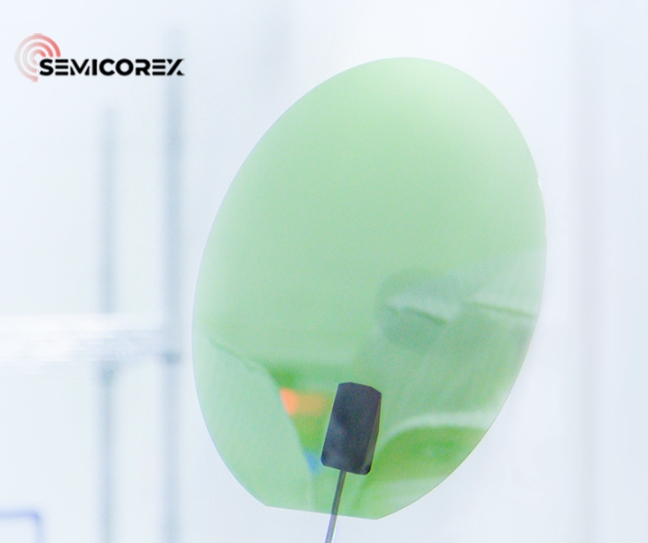
- English
- Español
- Português
- русский
- Français
- 日本語
- Deutsch
- tiếng Việt
- Italiano
- Nederlands
- ภาษาไทย
- Polski
- 한국어
- Svenska
- magyar
- Malay
- বাংলা ভাষার
- Dansk
- Suomi
- हिन्दी
- Pilipino
- Türkçe
- Gaeilge
- العربية
- Indonesia
- Norsk
- تمل
- český
- ελληνικά
- український
- Javanese
- فارسی
- தமிழ்
- తెలుగు
- नेपाली
- Burmese
- български
- ລາວ
- Latine
- Қазақша
- Euskal
- Azərbaycan
- Slovenský jazyk
- Македонски
- Lietuvos
- Eesti Keel
- Română
- Slovenski
- मराठी
- Srpski језик
Oxidation Process
The most basic stage of all processes is the oxidation process. The oxidation process is to place the silicon wafer in an atmosphere of oxidants such as oxygen or water vapor for high-temperature heat treatment (800~1200℃), and a chemical reaction occurs on the surface of the silicon wafer to form an oxide film (SiO2 film).
SiO2 film is widely used in semiconductor manufacturing processes because of its high hardness, high melting point, good chemical stability, good insulation, small thermal expansion coefficient, and process feasibility.
The role of silicon oxide:
1. Device protection and isolation, surface passivation. SiO2 has the characteristics of hardness and good density, which can protect the silicon wafer from scratches and damage during the manufacturing process.
2. Gate oxide dielectric. SiO2 has high dielectric strength and high resistivity, good stability, and can be used as a dielectric material for the gate oxide structure of MOS technology.
3. Doping barrier. SiO2 can be used as a mask barrier layer in diffusion, ion implantation, and etching processes.
4. Pad oxide layer. Reduce the stress between silicon nitride and silicon.
5. Injection buffer layer. Reduce ion implantation damage and channeling effect.
6. Interlayer dielectric. Used for insulation between conductive metal layers (generated by CVD method)
Classification and principle of thermal oxidation:
According to the gas used in the oxidation reaction, thermal oxidation can be divided into dry oxidation and wet oxidation.
Dry oxygen oxidation: Si+O2-->SiO2
Wet oxygen oxidation: Si+ H2O + O2-->SiO2 + H2
Water vapor oxidation (wet oxygen): Si + H2O -->SiO2 + H2
Dry oxidation uses only pure oxygen (O2), so the growth rate of the oxide film is slow. It is mainly used to form thin films and can form oxides with good conductivity. Wet oxidation uses both oxygen (O2) and highly soluble water vapor (H2O). Therefore, the oxide film grows fast and forms a thicker film. However, compared with dry oxidation, the density of the oxide layer formed by wet oxidation is low. Generally, at the same temperature and time, the oxide film obtained by wet oxidation is about 5 to 10 times thicker than the oxide film obtained by dry oxidation.





